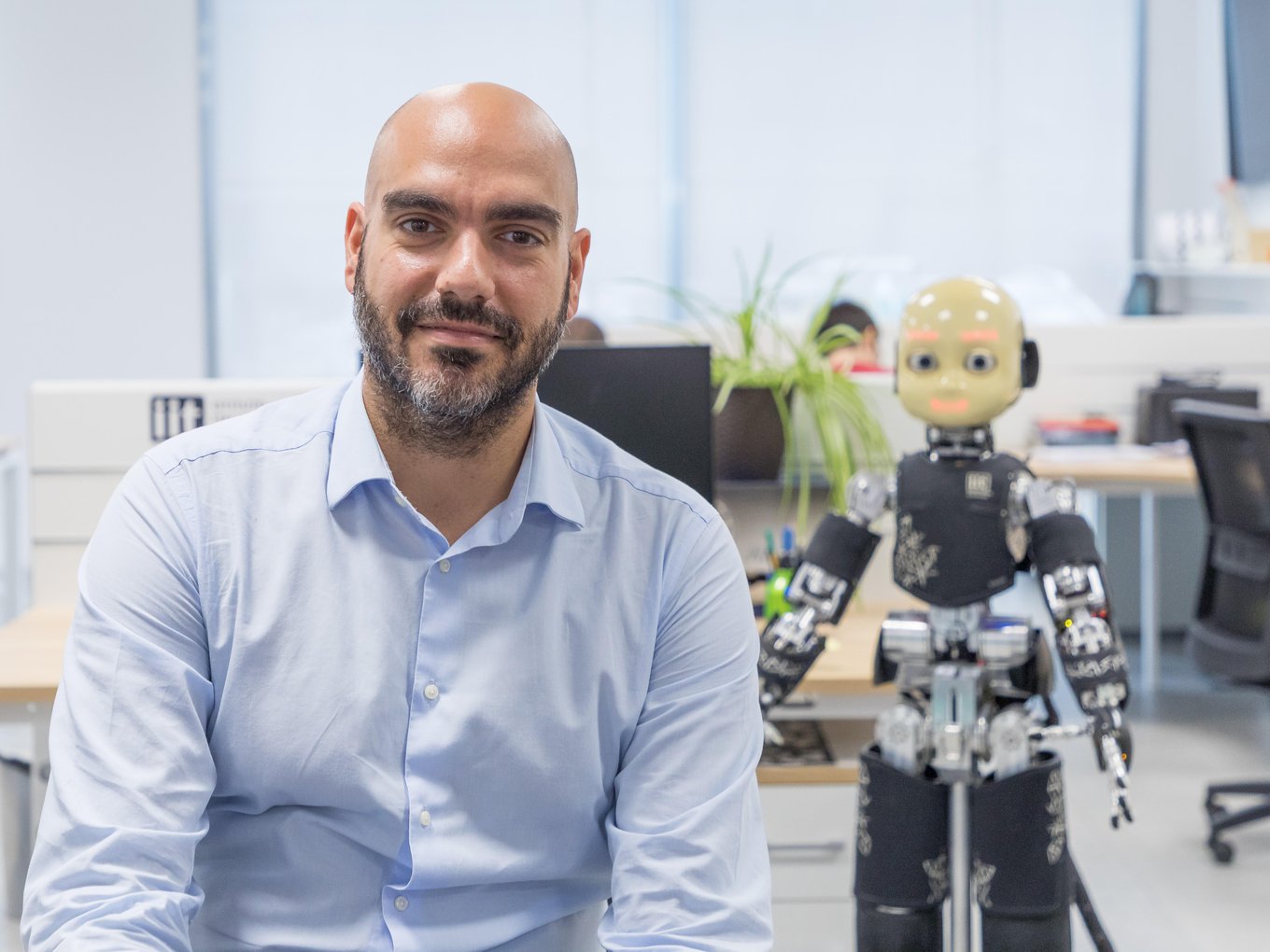Unmanned aerial vehicles (or drones) have great potential to help public health services and assist in natural disasters. These also come in handy for home delivery or providing vaccines in inaccessible remote locations. The Italian innovator, Daniele Pucci, wants to contribute even more to this aid with his very own special flying devices: humanoid robots and platforms driven by jet systems.
Thanks to its iRonCub, Pucci has become one of the Innovators Under 35 Europe from MIT Technology Review. These jet-driven machines presented can not only walk, but also fly and manipulate objects; capabilities "that can be fundamental to disaster response," Pucci explains, adding, "After working for four years on humanoid robots and their control, I felt I was ready to face this challenge."
The project is based on iCub, an open-source robot from the Istituto Italiano di Tecnologia (Italian Institute of Technology, where Pucci works), funded by the European Commission that is used to investigate artificial intelligence. Pucci´s team has integrated jet thrusters in one of them, which has already been tested and perfected. As stated by the innovator himself, if someone emulates them, he's not afraid of the competition,"We'll be happy to help you," he states.
The team is currently in the testing phase and among the challenges ahead, Pucci highlights the control of the body during flight and the combustion process itself, which he considers "a very big challenge." If all goes well, it would cost their robots much less than humans to jump through buildings or debris after a disaster to inspect the area. They could also take on tasks such as shutting off the gas supply and unlocking doors. Beyond that, the Italian contemplates other uses, such as the maintenance of high-voltage cables and the transport of building materials on construction sites.
For the future, he plans to continue the project with platforms or boxes that fly with jet propulsion. The idea would be to put food or medicine inside in order to deliver it after catastrophes. Pucci explains, "The complexity of a flying box is much lower than that of a flying humanoid robot. In fact, we already have simulations using the same infrastructure." The first prototype should be ready by the end of this year, and the product (easy to use without the need for technical knowledge) could begin to be distributed to fire stations.
Professor at the Universidad Carlos III de Madrid (Spain) and member of the Innovators Under 35 Europe jury Luis Enrique Moreno believes that combining a human form with jet propulsion systems "offers very interesting possibilities to develop flying humanoid robots." In his opinion, these machines would have a "high interest" in disasters and other situations, and he concludes that Pucci "has solved it in an intelligent way."
By José Manuel Blanco
Translation: Brian Bostwick




